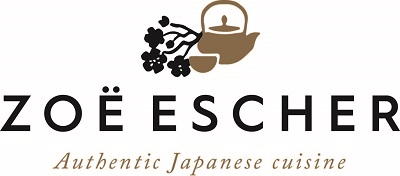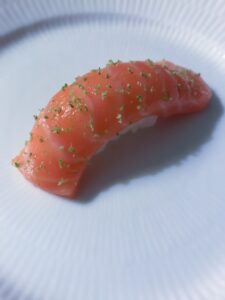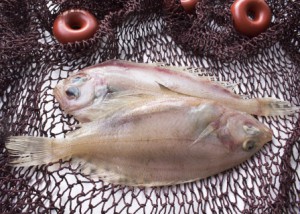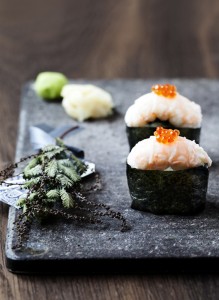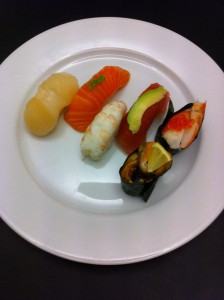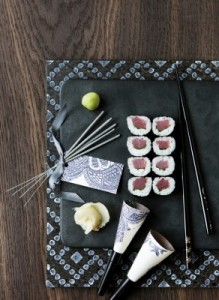
This course is made for anyone who wants to learn the art of making sushi from scratch.
Regardless of whether you are a beginner or have some experience, Denmark’s most experienced Japanese trained sushi chef Zoë Escher will guide you step by step through the process of preparing delicious and authentic sushi.
You learn how to boil the perfect sushi rice.
You learn about the Japanese ingredients used for sushi.
You learn about what you should be aware of when buying fish from the fishmonger.
You learn to prepare different kinds of raw materials for sushi.
You learn to make several different kinds of tasty sushi rolls.
Please read more about the cooking class Sushi for beginners
_
Zoë has held sushi courses and cooking classes for A. P. Moller – Maersk, Hugo Boss Nordic, Novo Nordisk, Novartis, Velux, Gorrissen Federspiel, Beierholm revision, Elbek & Vejrup and many more.
